
When launched, the Tamron 70-180mm F2.8 Di III VC VXD G2 is the second ‘Generation 2’ lens in Tamron’s alternative trinity for Sony E-mount cameras. It followed in the footsteps of Tamron 28-75mm F2.8 Di III RXD G2 standard zoom, and the Tamron 17-28mm F2.8 Di III RXD wide-angle zoom, the latter still in its original version. All three of the original lenses really impressed me, and I'm not the only one. Nikon was very taken with them as well, and morphed them into NIKKOR lenses for its Z-system cameras. The updates and upgrades of the Tamron G2 are now also available in a Nikon Z-mount option, whereas the original Tamron was only made in Nikon E-mount. So let’s see what it adds to the equation, as it sets out to be one of the best telephoto lenses on the market.
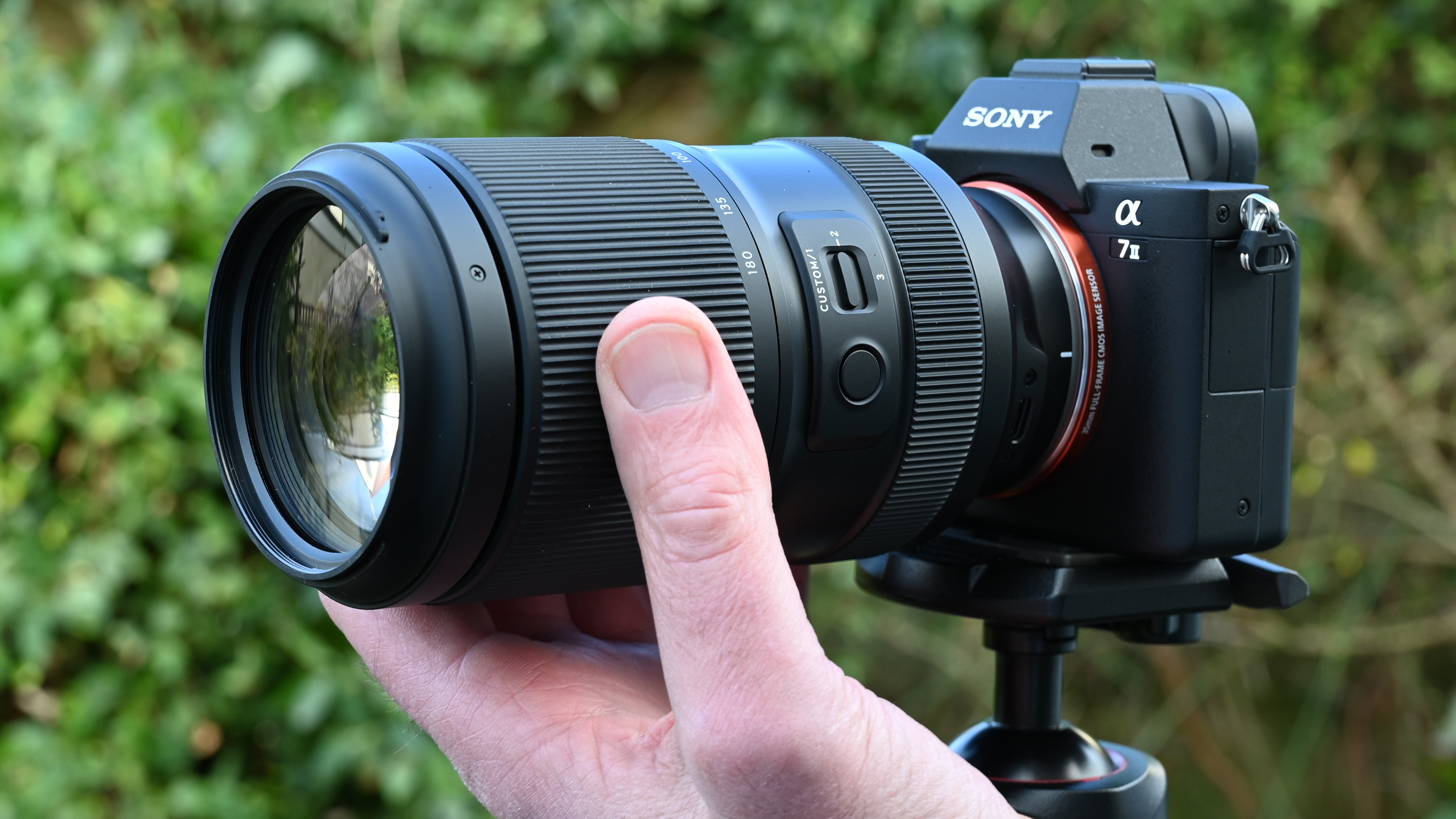
Specifications
Mount: Nikon Z (FX), Sony E (FE)
Full-frame: Yes
Stabilization: Yes
Lens construction: 20 elements in 15 groups
Angle of view: 34.3-13.6 degrees
Diaphragm blades: 9
Minimum aperture: f/22
Minimum focusing distance: 0.3m (W) 0.85m (T)
Maximum magnification ratio: 0.38x (W) 0.21x (T)
Filter size: 67mm
Dimensions: 83x156.5mm
Weight: 855g
Key features
There was nothing really wrong with the feature set of the original Tamron 70-180mm. Our only real criticism was that, as with the Nikon Z 70-180mm f/2.8 version of the lens, it lacked optical image stabilization. Sure, all but the first generation of full-frame Sony mirrorless cameras have IBIS (In-Body Image Stabilization) but that tends to be less effective with telephoto lenses. A key feature upgrade of the G2 is that optical stabilization is present and correct, in the form of Tamron’s proprietary ‘Vibration Compensation’. Not just for stills, Tamron says that the VC system in this lens uses AI (Artificial Intelligence) tech to deliver optimized stabilization when shooting video, at least at focal lengths of up to 100mm.
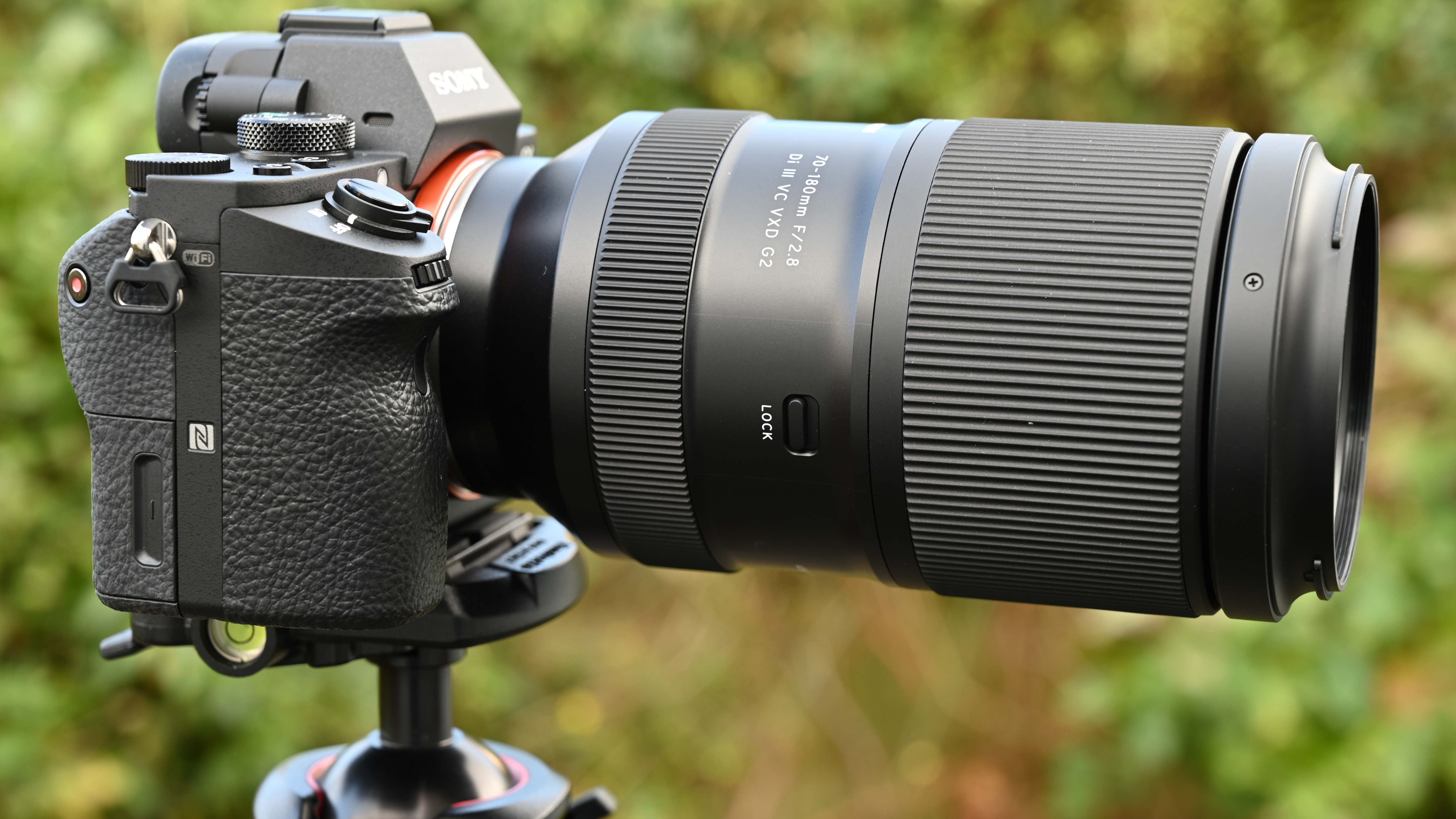
While the addition of VC can make a big difference to sharpness in handheld shooting, outright image quality in terms of contrast, clarity and color rendition as well as sharpness, plus the lack of unwanted aberrations, is all about the glass. The optical layout of the G2 has been redesigned and includes one XLD (eXtra Low Dispersion) element, one hybrid aspherical lens element, three LD (Low Dispersion) elements and two GM (Glass Molded aspherical) lens elements. Tamron’s BBAR-G2 (Broad-Band Anti-Reflection Generation 2) coating is also applied to minimize ghosting and flare.
Like in the original lens, autofocus is based on a VXD (Voice-coil eXtreme-torque Drive) system that uses a linear stepping motor. It’s billed as delivering Tamron’s fastest and most precise autofocus performance to date, as well as giving smooth and virtually silent autofocus transitions when shooting video. As you’d hope for in a Sony E-mount lens, the autofocus system is compatible with the likes of Fast Hybrid AF and Eye AF, where featured in recent Sony cameras, as well as taking advantage of the latest Nikon Z autofocus tech.
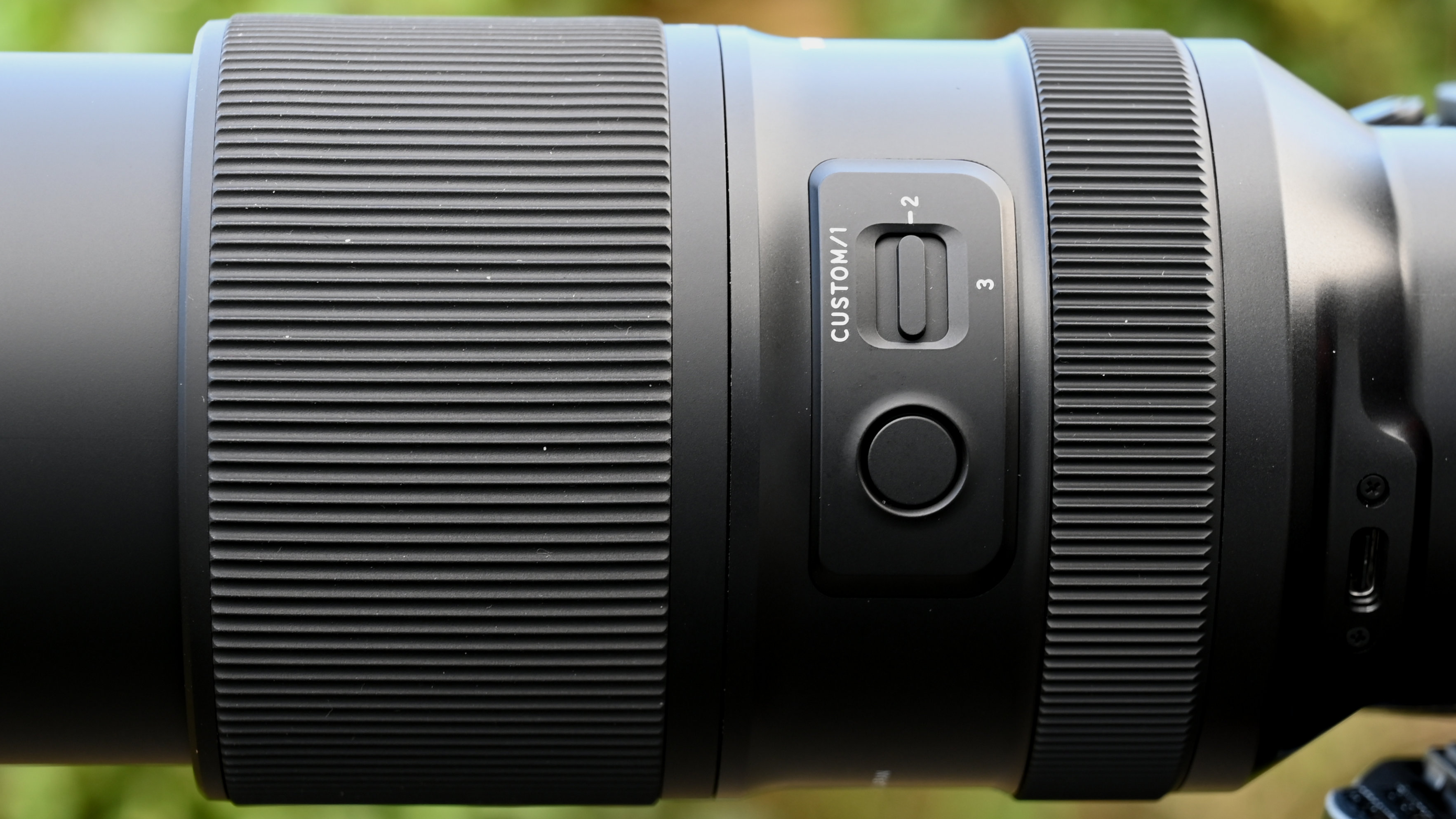
Like the 28-75mm G2, the 70-180mm G2 adds a customizable function button, nominally assigned to ‘Focus Set’. The two lenses also feature a USB port which you can use for applying firmware updates and customizing the lens, using the free-of-charge TAMRON Lens Utility and TAMRON Lens Utility Mobile apps. The 70-180mm actually makes more of this feature, as I’ll come to next in ‘build and handling’.
Build and handling
Although relatively lightweight for an f/2.8 constant-aperture telephoto zoom, the Tamron feels solid and robust. Convincing build quality is backed up by a set of weather-seals and a fluorine coating on the front element, to repel moisture and greasy fingermarks, and to make cleaning easier. Another handling bonus is that the lens has the same 67mm filter attachment thread as its f/2.8 16-28mm and 28-75mm siblings.

With the addition of Vibration Compensation and a redesigned optical layout, the G2 is slightly bigger and heavier than the original version, at 83x156.5mm and 855g, compared with 81x149mm and 810g. As we’ve mentioned though, that’s considerably smaller and only about half the weight of many 70-200mm f/2.8 trinity zooms, and handling is all the better for it. As with the original lens, the inner barrel extends a little as you stretch through the zoom range from 70mm to 180mm.
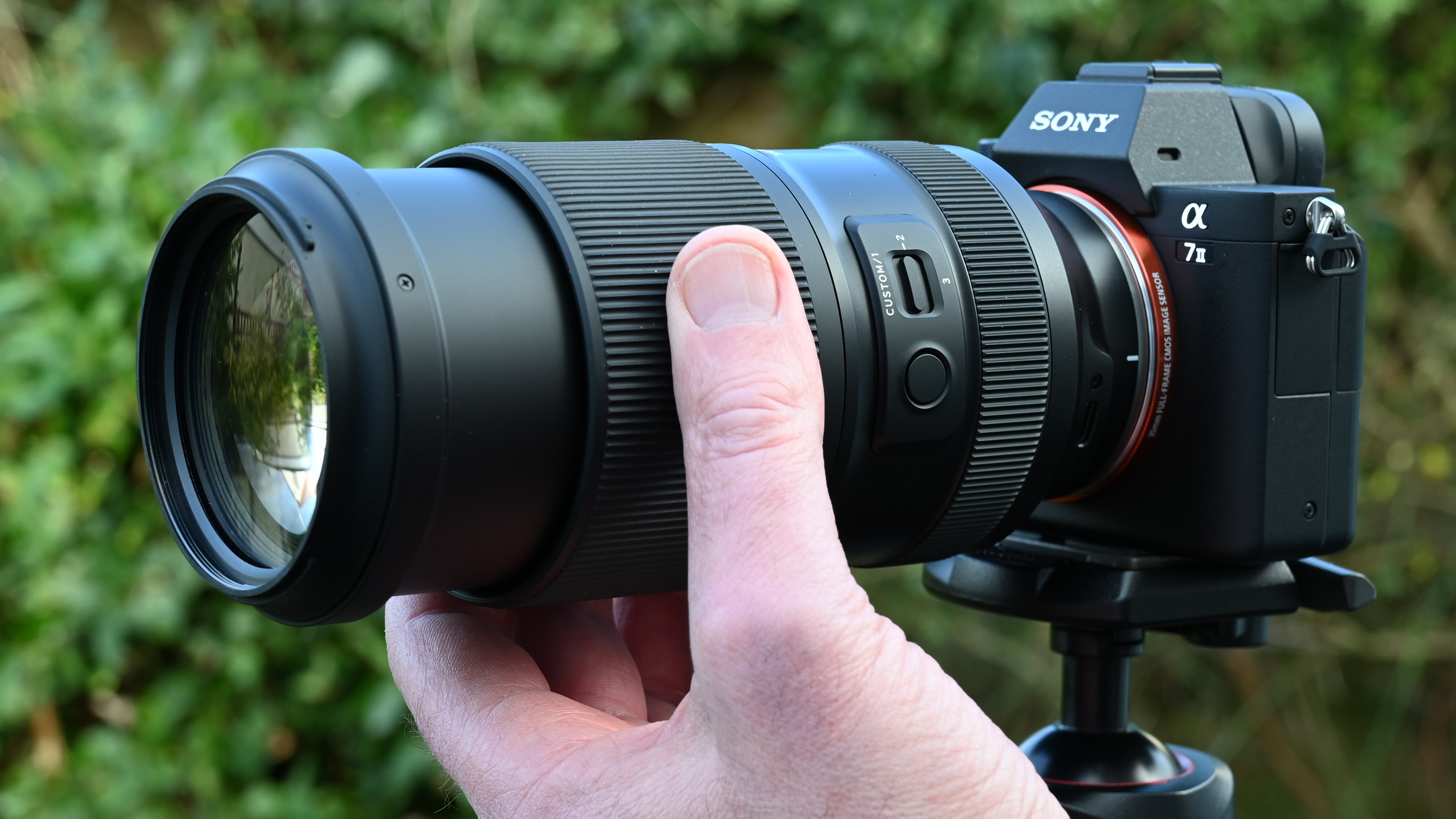
A bonus of the first edition lens was that it offered 0.5x macro magnification at the short end of its zoom range, but this was only available in manual focus mode. The G2 offers a more modest 0.38x magnification at 70mm, dropping to 0.21x at 180mm, but autofocus is available right down to the shortest focus distances of 0.3m and 0.85m, respectively.
Despite the inner barrel extending at longer zoom settings, the zoom ring works smoothly and precisely, and comes complete with a zoom lock switch. The manual focus ring also works with smooth precision, enabling very fine adjustments.

Handling is enhanced by a function button and 3-position custom modes switch, that were lacking in the original lens. As I mentioned earlier, you can use the TAMRON Lens Utility and TAMRON Lens Utility Mobile apps to create custom modes, via a USB cable. These include options like AF/MF, focus limiter, focus preset, dual position A-B focus and ring function (focus/aperture). You can also use the apps to set the MF ring rotation direction, and whether its action is linear or non-linear. The lens function button can be customized via in-camera menus, where available.
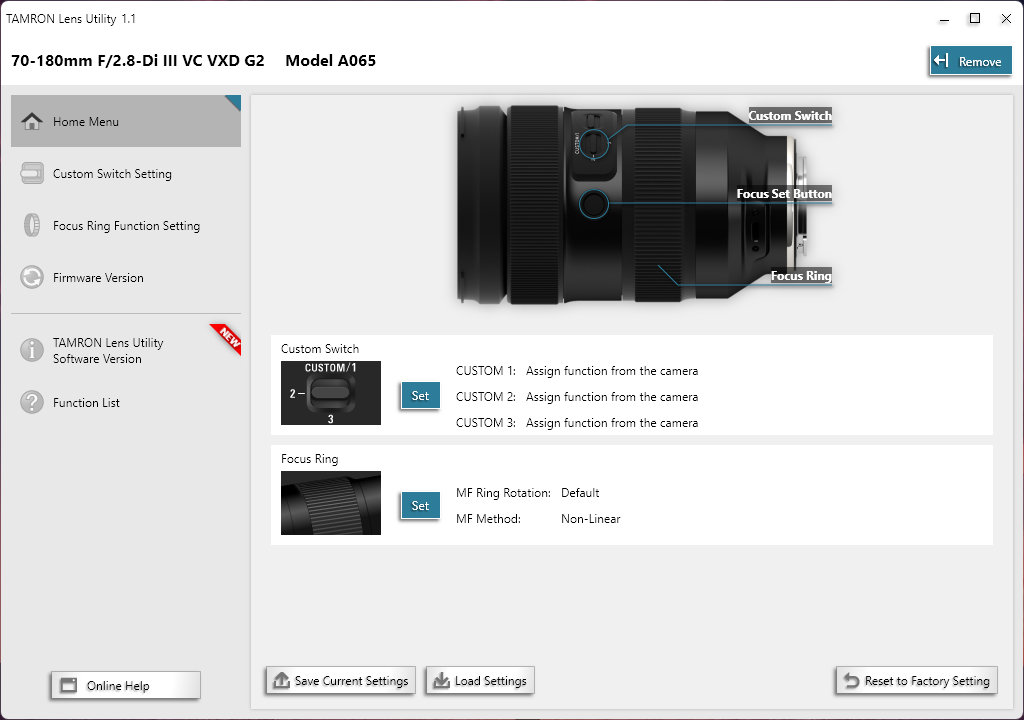
All in all, handling is excellent and the customization options enable you to set things up just how you like them.
Performance
I was impressed by the performance of the original lens and the G2 is even better. In my real-world tests, it proved a little sharper in the central region of the frame, and significantly more so in the mid-to-edge region. Color fringing is also better controlled at the long end of the zoom range, and less reliant on automatic in-camera correction. There’s more distortion at most focal lengths and pincushion is actually rather noticeable throughout the zoom range. However, many lenses designed for mirrorless cameras rely on in-camera correction for distortion, so the G2 isn’t unusual in this respect.
I usually find that Tamron lenses give particularly pleasing bokeh and that’s true of this lens. The only caveat is that bokeh disks produced by defocused bright spots or pinpricks of light aren’t particularly smooth and take on irregular shapes towards the edges and corners of the frame. Again though, that’s quite common, not only in zoom lenses but in primes as well.
All things considered, the G2 is a top performer and a real step up from the original (and rather excellent) lens.
Sample images









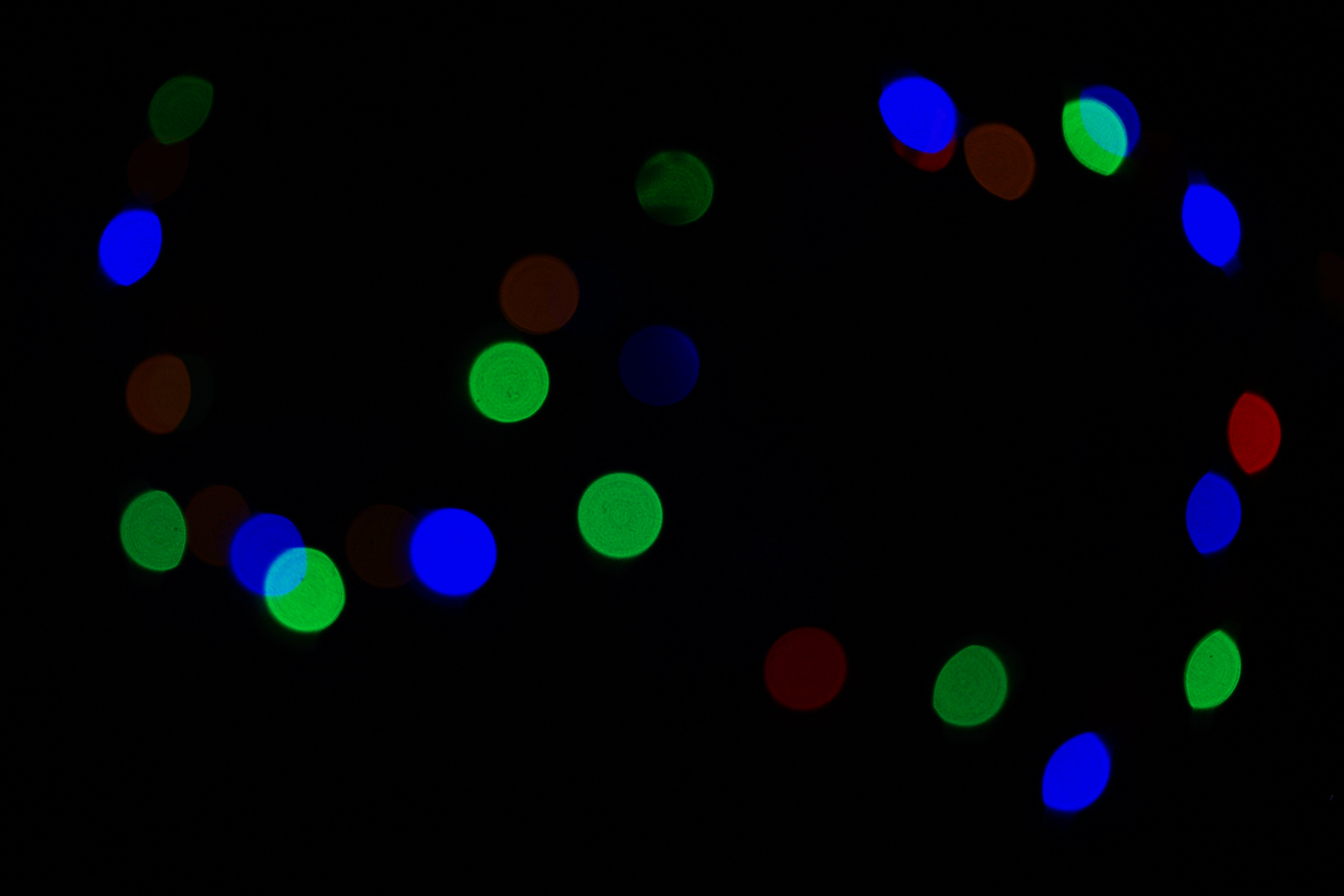
Lab results
We run a range of lab tests under controlled conditions, using the Imatest Master testing suite. Photos of test charts are taken across the range of apertures and zooms (where available), then analyzed for sharpness, distortion and chromatic aberrations.
We use Imatest SFR (spatial frequency response) charts and analysis software to plot lens resolution at the center of the image frame, corners and mid-point distances, across the range of aperture settings and, with zoom lenses, at four different focal lengths. The tests also measure distortion and color fringing (chromatic aberration).
Sharpness:
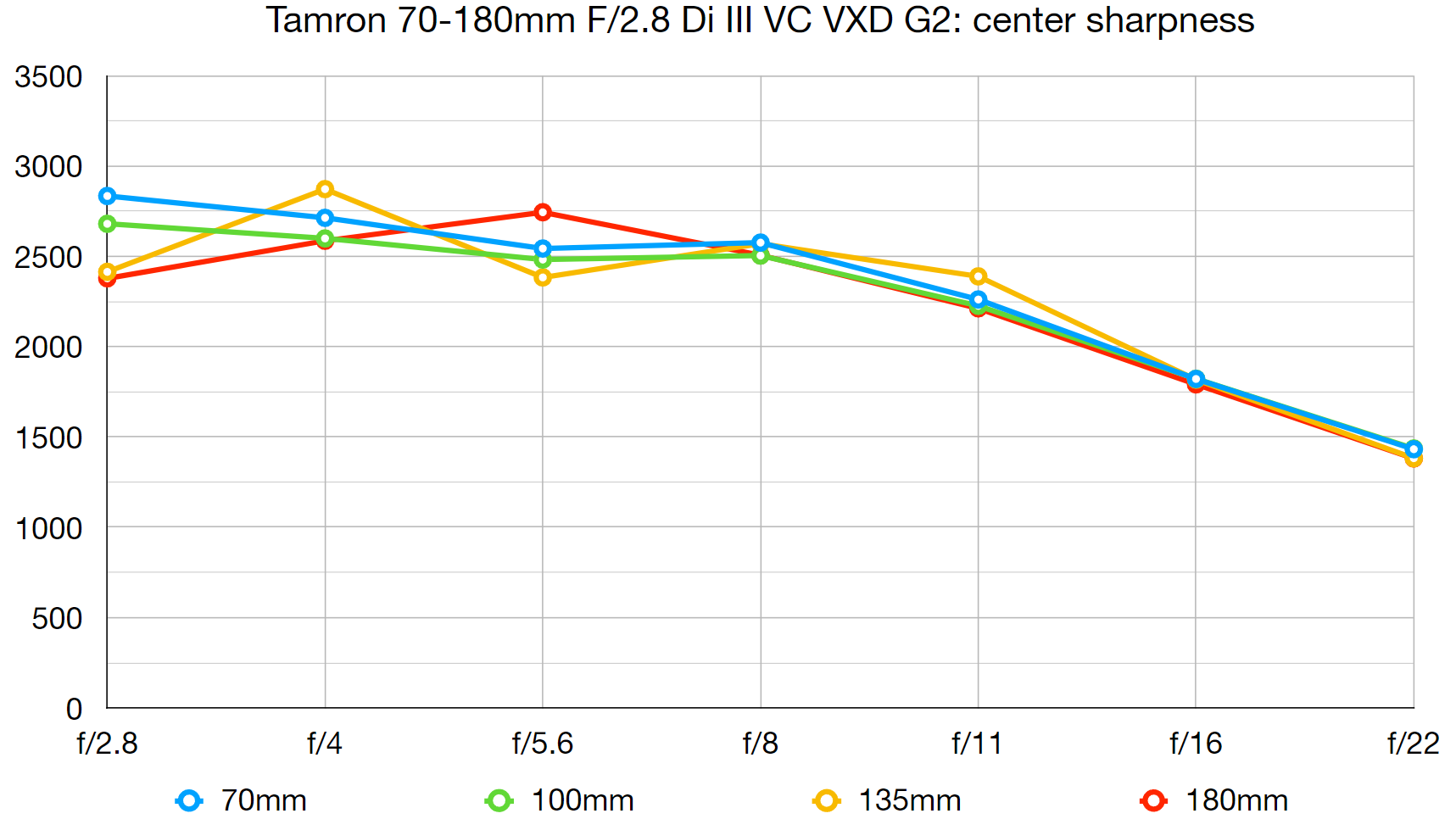
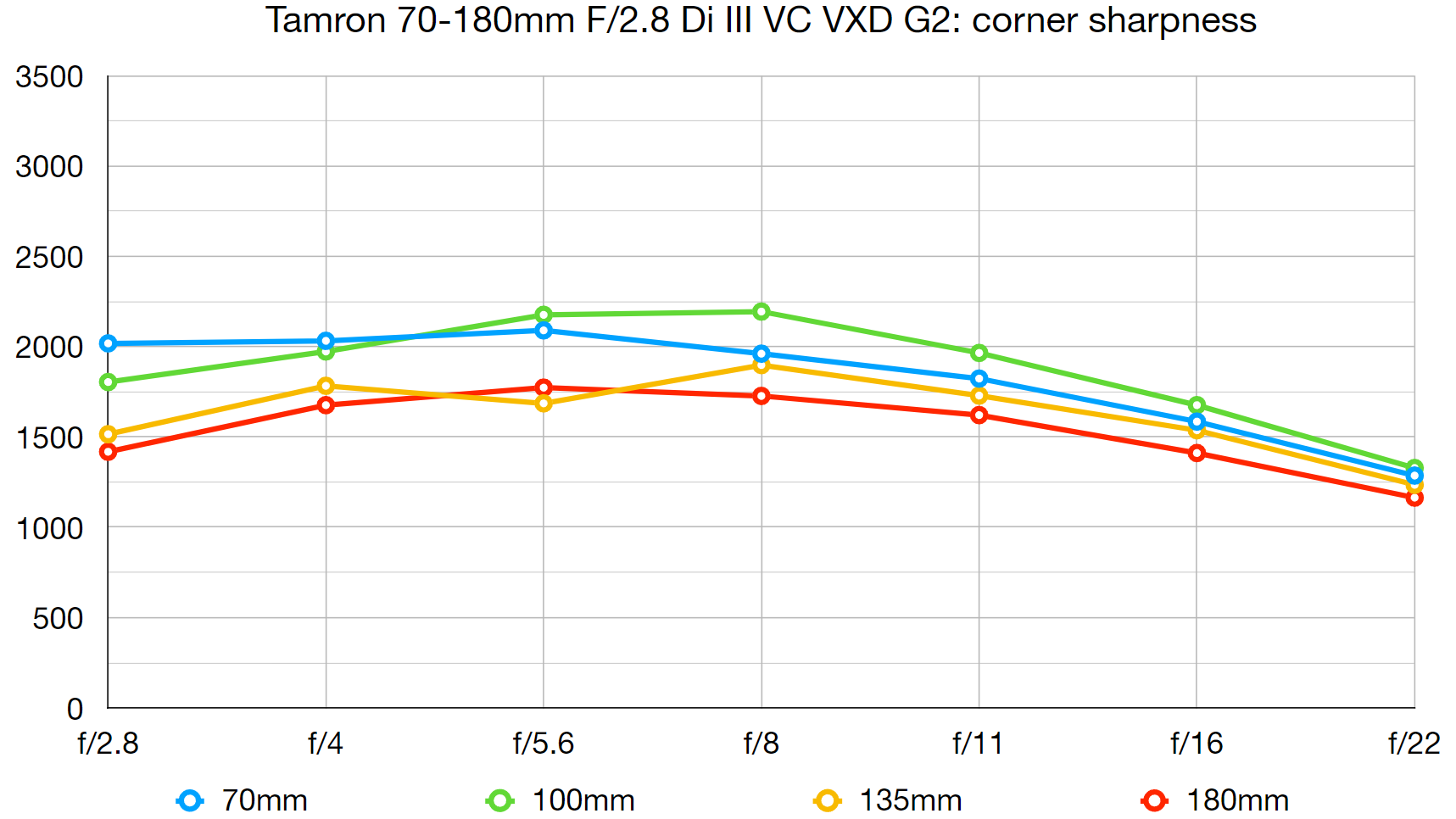
Sharpness is excellent throughout the entire zoom range, even when shooting wide-open at f/2.8. And that’s not just in the central region of the image frame, but right out to the edges and corners. It’s well ahead of the original version of the lens for mid/edge-sharpness.
Fringing:
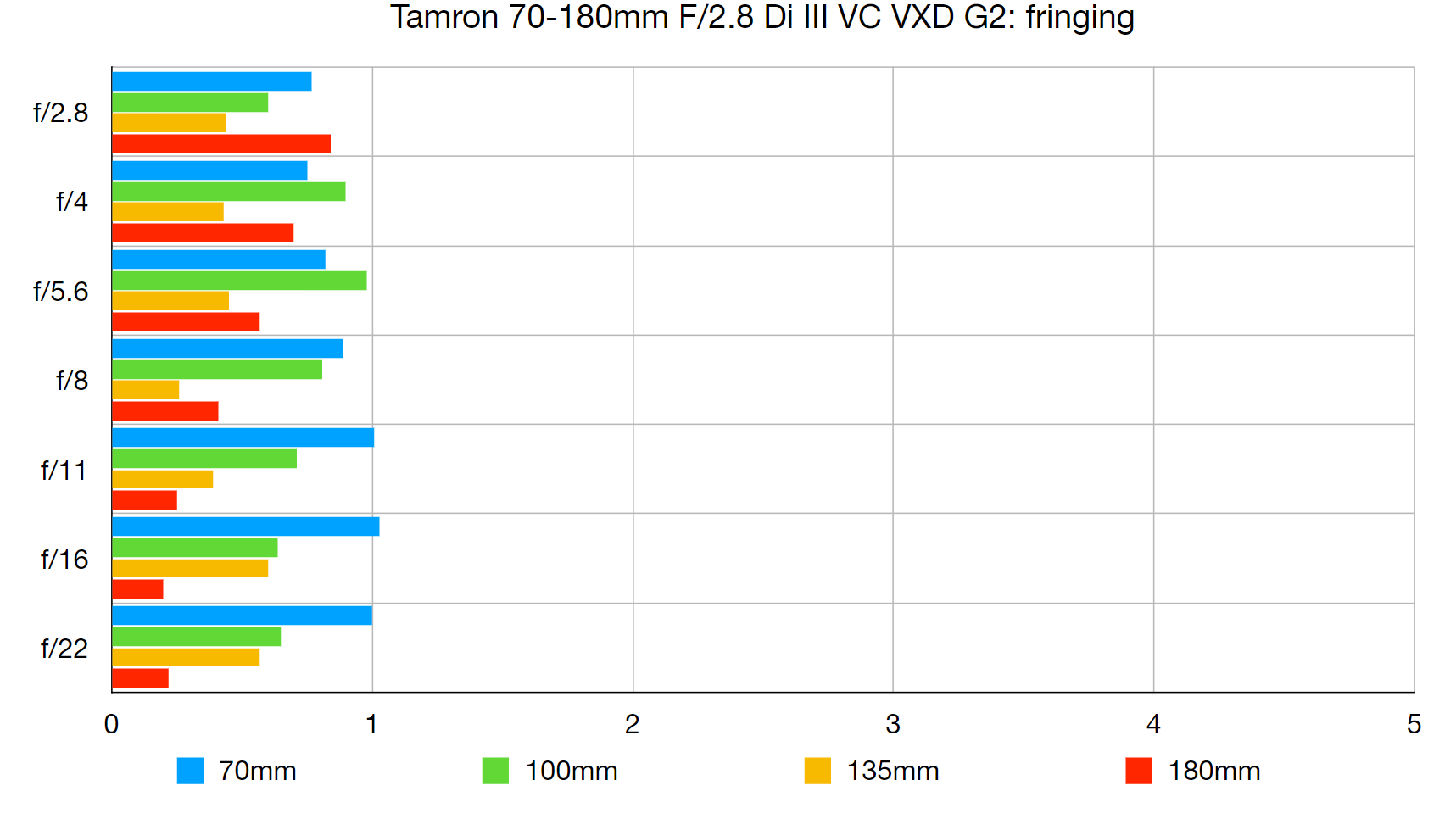
Color fringing is well controlled and of a low order, throughout the zoom range and across the entire image frame. It’s actually not quite as good as the original lens at the shortest zoom setting, but much better at the long end. Either way, automatic in-camera correction is available.
Distortion:
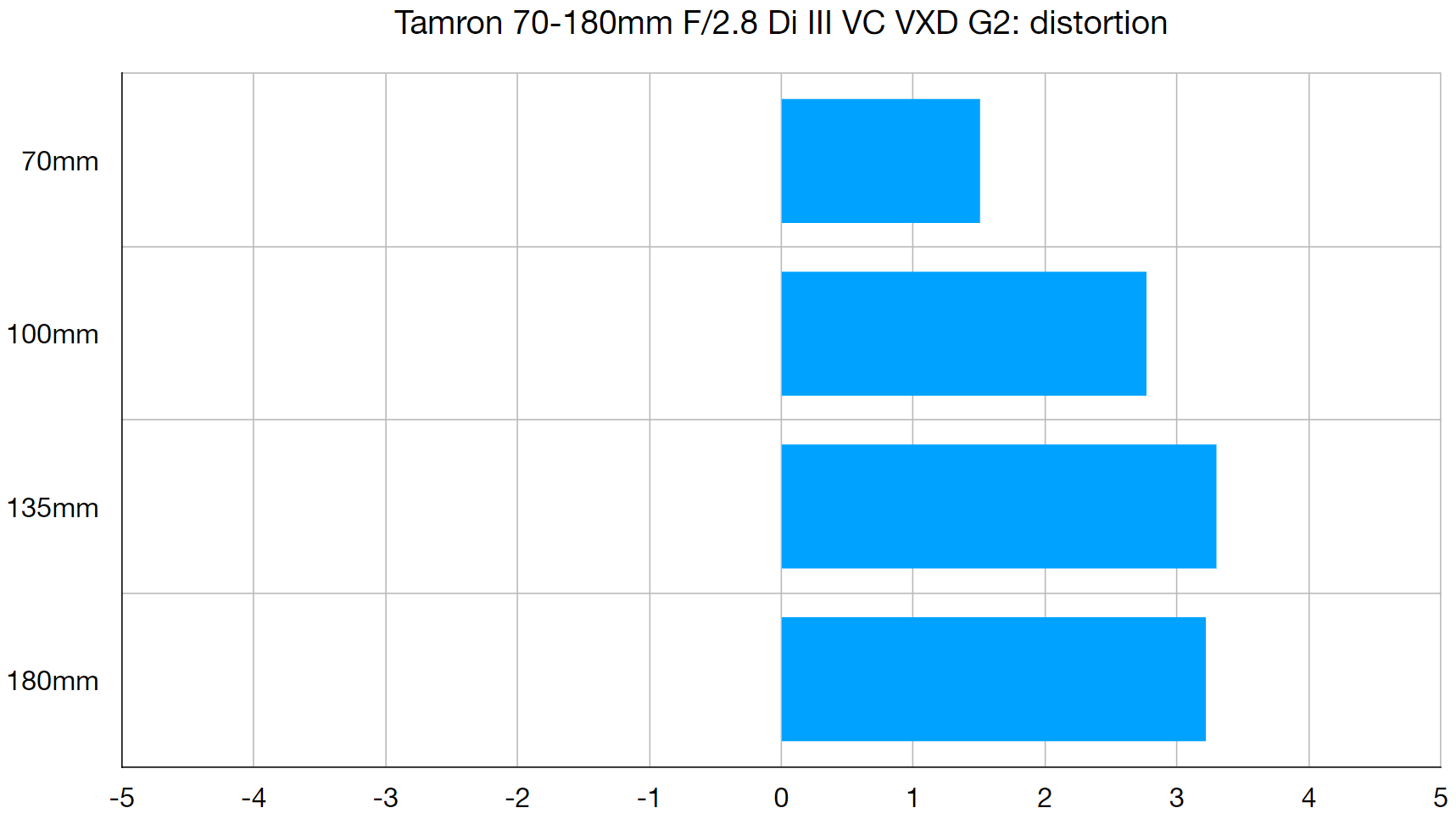
We found that the original lens gave slight barrel distortion at its shortest focal length of 70mm. The G2 gives noticeable pincushion at the short end instead, and it becomes more pronounced at longer zoom settings. Even so, there’s rather less distortion than in many recent lenses designed for mirrorless cameras, some of which rely entirely on automatic correction.
Verdict
The original Tamron edition of this lens impressed me so much that I bought the own-brand Nikon version, which was as close as I could get for my Z-system cameras. The Tamron G2 is better in every way, from handling exotica to image quality and all-round performance. The Nikon Z lens remains in its original trim, with no optical stabilization nor any of the other ‘G2’ enhancements. It’s good to know therefore, that the Tamron G2 is now available for Nikon Z as well as for Sony E-mount cameras. I feel it’s time to trade in my much-loved Nikon tele zoom!
Read more:
• Best camera lenses to get
• Best Canon lenses
• Best Nikon lenses
• Best Sony lenses







